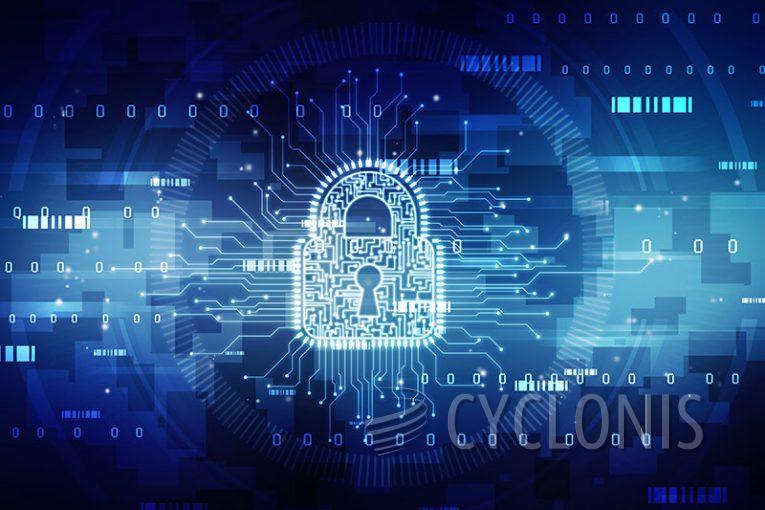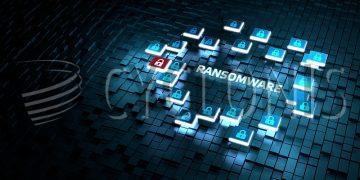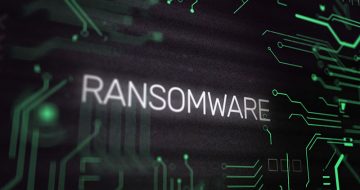DeathGrip Ransomware Brings In The Menace

Ransomware attacks continue to pose a significant threat to everyone worldwide. Among the most concerning variants is DeathGrip Ransomware, a potent form of malware designed to encrypt data and extort victims for decryption. Here, we delve into the workings of DeathGrip Ransomware, its demands, and how users can protect themselves from such malicious attacks.
Table of Contents
What is DeathGrip Ransomware?
DeathGrip Ransomware is based on the Chaos ransomware framework, notorious for its file-encrypting capabilities and ransom demands. Upon infecting a system, DeathGrip encrypts files and appends a ".DeathGrip" extension to each filename. For instance, "picture.png" becomes "picture.png.DeathGrip" and so on, making the files inaccessible to the user.
Once the encryption process is complete, DeathGrip Ransomware changes the desktop wallpaper and creates a ransom note in a text file named "read_it.txt." The note, which claims to be from a "Russian ransomware community of professional black hat hackers," informs the victim that their data is under observation and that the decryption tool is in the attackers' possession.
Here's the text of the ransom note:
DeathGrip Ransomware Attack | t.me/DeathGripRansomware
This computer is attacked by russian ransomware community of professional black hat hackers.
Your every single documents / details is now under observation of those hackers.
If you want to get it back then you have to pay 100$ for it.
This Attack Is Done By Team RansomVerse You Can Find Us On Telegram
@DeathGripRansomware Contact The Owner For The Decrypter Of This Ransomware
#DeathGripMalware
The Ransom Demand and Extortion Tactics
As you can see above, in a unique twist, DeathGrip's ransom note does not explicitly mention data encryption. Instead, it focuses on the claim that the victim's documents and details are being monitored. This implies a double extortion tactic, in which the attackers threaten to leak sensitive data if the ransom is unpaid. The ransom demand for the decryption tool is listed as $100, a surprisingly low amount for ransomware, potentially designed to lure victims into paying quickly.
Despite the seemingly low ransom, cybersecurity experts strongly advise against paying. No one can guarantee that the perpetrators will provide the decryption key upon payment, and complying with their demands only encourages further illegal activities.
The Mechanics of Ransomware
Ransomware like DeathGrip operates by encrypting files on the victim's system, holding them hostage until a ransom is paid. These malicious programs can use various cryptographic algorithms—symmetric or asymmetric—to lock data. The ransom amounts can vary significantly, often depending on the target, with higher demands typically placed on larger entities such as corporations or institutions.
Ransomware Distribution Methods
Cybercriminals use various methods to spread ransomware. Common tactics include phishing attacks, where malware is disguised as legitimate email attachments or links. Other distribution methods involve drive-by downloads, online scams, malicious advertisements, and suspicious download sources like freeware sites and P2P networks. Ransomware can also be bundled with illegal software activation tools or fake updates.
Certain ransomware types can independently spread across local networks and via removable storage media, such as USB flash drives and external hard drives. These methods make ransomware particularly dangerous, as it can quickly propagate across multiple systems within an organization.
Preventing and Mitigating Ransomware Attacks
The best defense against ransomware like DeathGrip is a proactive approach to cybersecurity. Regularly backing up data and storing it in multiple, separate locations—such as remote servers and unplugged storage devices—ensures that files can be restored without paying a ransom.
Users should exercise caution while browsing the internet and handling emails. Suspicious attachments and links should not be opened, especially from unknown or unexpected sources. Downloading software and updates exclusively from official and verified sources can significantly reduce the risk of infection.
Keeping software and operating systems up to date with the latest security patches is crucial for protecting against vulnerabilities that ransomware might exploit. Implementing robust antivirus and anti-malware solutions provides real-time protection from a wide range of cyber threats.
Staying Vigilant in a Digital World
DeathGrip ransomware represents a significant and evolving threat in cybercrime. By understanding how these attacks work and taking proactive measures to protect data, individuals, and organizations can mitigate the risks associated with ransomware infections. Cybersecurity vigilance and adherence to best practices are essential for navigating the ever-changing landscape of digital threats.
In a world where cyber threats are increasingly sophisticated, staying informed and prepared is the key to safeguarding personal and organizational data from the clutches of ransomware like DeathGrip.








